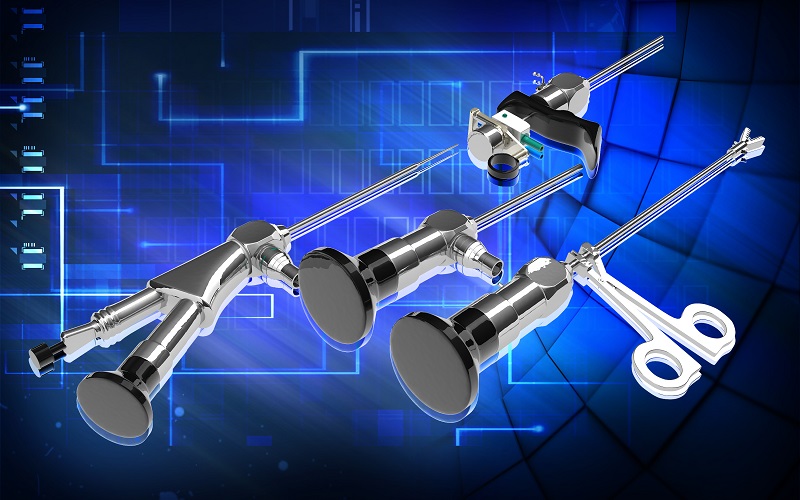
Diagnostic hysteroscopy is a procedure that lets your doctor examine the inside of your uterus. A tool called a hysteroscope is used. This device is a thin tube that’s illuminated. It is placed into the vagina to provide a closer look at potential problems. It can also be used to confirm test results or as part of other procedures, like a laparoscopy.
What Happens During a Hysteroscopy?
This procedure can sometimes be done with local anesthesia in the doctor’s office if it is intended for diagnosis only. Otherwise, general anesthesia is required. After the patient is ready, the hysteroscope is inserted using a solution of sugar and salt that distends the uterus. This allows the doctor to see the uterine cavity. After visual inspection, the doctor may insert different instruments depending on the reason for the procedure.
Most patients recover quickly after undergoing a hysteroscopy. They are usually able to return home the same day. There’s no wound and pain is minimal, so there’s no risk of infection or serious discomfort.
What Procedures Can Include a Hysteroscopy?
A gynecologist may use a hysteroscopy when diagnosing abnormal bleeding. It can also be used to locate polyps or fibroids. Other conditions may call for this procedure as well, including:
- Removal of scarring (intrauterine adhesions)
- Removal of cervical or endometrial polyps
- Removal of fibroids
- Endometrial lining biopsy
- Removal of intrauterine contraceptive device
- Endometrial ablation
If you are experiencing abnormal bleeding or have other concerns, make an appointment with your Women’s Health OB/GYN. They can determine the best diagnostics and treatment plan for you and your condition.
